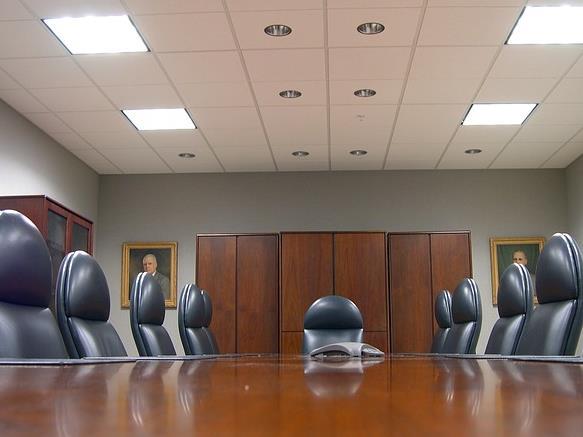Image via pixabay
As Creative Victoria grapples with its future cultural policy, relocations and restructuring, the unexciting but important subject of governance is getting a rare moment of attention.
Two of the most prestigious arts boards are about to get new chairs: the Australian Ballet and the National Gallery of Victoria’s (NGV) Council of Trustees. Naomi Milgrom is the hot tip for Chair of the NGV and Craig Dunn for Chair of the Australian Ballet.
One man and one woman in ministerial appointments to plum positions is a good start to a subject that needs more consideration: who is on our boards and how well are they doing their job?
Let’s compare the arts to corporate boards in Australia. Corporate boards are notoriously stuck with the usual suspects – old white men. Despite considerable pressure, women constitute only 15 percent on the largest company boards, with ethnic diversity not even counted.
Arts boards are much more diverse, with a fairly equal mix of men and women and a significant 25% of appointments from diverse ethnic backgrounds.
Arts boards represent the community. They must. They take government money. Most importantly, many arts organisations would not survive a cut-throat marketplace without good governance. For this reason, I would argue that in many instances, arts boards are better run than their corporate equivalents.
Maybe the public obsession with the corporate sector should be reset to focus on our own small, but significant arts boards and what they are doing right.
Such attention could provide a unique window into a world where diversity flourishes and change has been shown to be possible – even in the face of funding cuts and intense competition for new revenue.
Around 15,000 people serve on arts boards across Australia at many levels, almost all voluntarily. Board members are different from the volunteers who serve in operational roles in arts organisations, such as ticket collectors, ushers, guides or educational aids.
While they share the same passion for the arts, they bring a different skill set – often one which earns them significant incomes when they apply it elsewhere. They are prepared to give a great deal of time to high-level duties at the pinnacle of the organisation, without remuneration or expenses except in the rarest of cases. They take on directorial duties of care and responsibility under onerous conditions with few funds for administration (as what is available goes to the art or artists).
Governance done well is often invisible but it shouldn’t be forgotten. We need to get better at celebrating the work of arts boards and the quality of governance they provide.
We also need to direct the attention of the corporate world to the example the arts provides. It is one of the many areas where business can benefit from association with arts organisations – and that is good for everybody.





